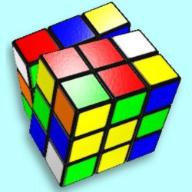更新1:
You don't have to explain how you got it. Please, if you will and if you know, just give me the answer :) Thanks
更新2:
This was a test, but my teacher is making me correct it because my grade in that class is poor and since I know we're not going to have another test on this (it's close to final day), I just need the answer. I'm not really interested on how to know how to do it.
更新3:
Is 5/11 or 6/11 right?

